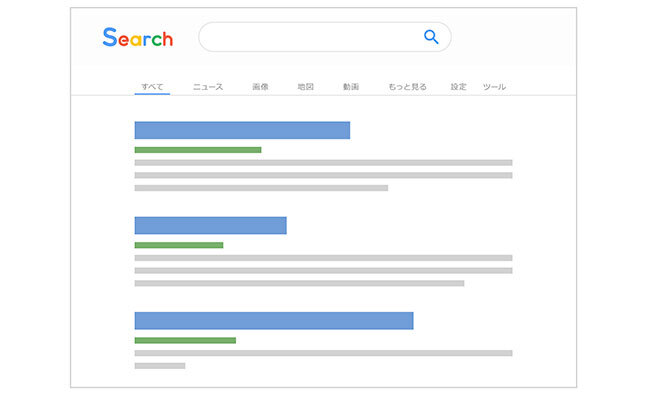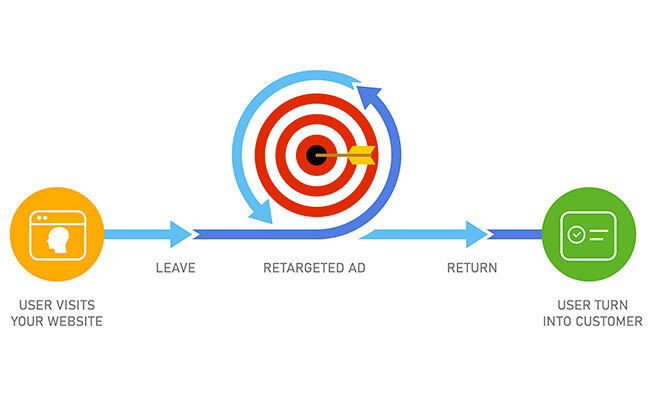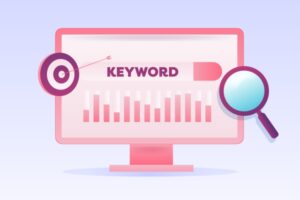
What is Paid Advertising?
Paid advertising includes several streams of advertising and encompasses, PPC, display advertising, social advertising and re-marketing across multiple platforms. The aim of which is to drive ‘the right’ traffic to your website i.e. those people that are potential customers.
In it’s most basic form it is the process of advertising your business on someone else’s website, search engine or social platform and paying for the number of times it’s viewed or more often, the number of times someone clicks on that advert and visits your website. Re-marketing is the process of ‘following’ that person from place to place across the internet by dropping a cookie on their browser to identify them.
Our focus is always on gaining the very best results for our clients and achieving a good ROI. This means that we will always advise our clients on those areas of paid advertising where spending their budget will make the most difference to them and their business.
How does Paid Advertising Work?
Like most forms of marketing it starts with a strategy. We always begin by carrying out research to firstly discover which form (if any) of paid advertising is the right one for your business. It’s critical to understand the market, competition and potential budget requirements. It’s an area where you can easily spend a lot of money without achieving results. In fact, many companies who come to us have tried to ‘do it themselves’, only to find out that they have wasted their time, effort and money in doing so.
Once the initial research is completed, we work with our clients to agree a list of key phrases to target and also gain an understanding of their target market. From here the campaign can be created.
Because Paid Advertising covers such a wide area we may start with one area or go full throttle depending on the results of the research carried out. Any campaign requires continual monitoring, tweaking and analysis to identify what is and isn’t working. It can take months for a campaign to perform at its optimum and so although Paid Advertising is often seen as a quicker way to gain traffic than SEO, it still needs time to work really well.
- Keyword Research
- Campaign set up
- Advert Creation
- Go Live
- Analyse and Continual Adjustment

PPC – Google Pay Per Click
PPC is how Google makes its money, over the years paid adverts have taken up more and more space within the search results. On a mobile you can’t even see a non-paid advert unless you scroll down. Bing is also worth consideration, not as popular as Google, it still enjoys a healthy number of users.
It is a good starting point and for most business can form a valuable part of their marketing campaign. A good PPC campaign encompasses the following:
- Highly relevant keyphrases
- Well written adverts
- Intelligent bidding strategy
- Well written and high converting landing pages
- Regular review, monitoring and adjustment
- Realistic budget
Bidding on the wrong phrases is a sure fire way to waste money, as is continually bidding on the number one position. They key is to work out over time the very best combination of position, keyphrases, landing pages and bids. That’s why you can’t just set up a campaign, let it run and walk away.


Social Media Advertising
Social advertising is using social platforms to promote your busienss, there are several ways you can do this. It can also form part of a re-marketing campaign. For some types of business, social advertising is unlikely to bring positive results. For others, it can be critical. Again, it all starts with research.
The benefit of social platforms is that you can be very specific in targeting your ad’s to the right audience. They have a lot of data about their users and can therefore target people based on their age, geography, likes and dislikes, behaviour and more. Sounds great right, the downside compared to PPC, is that you are interrupting people when they are doing other things i.e. scrolling. This means your CTR (click through rate) and conversions will be much lower than something like Google PPC.
Social advertising is great for impulse buys and that’s why you see lots of retailers using it successfully. It is more difficult to gain results if you are a B2B business or are selling higher value items. That doesn’t mean you shouldn’t use it at all, for example if you are a car dealership and someone spends time looking at a car on your website, if you can follow them through re-marketing across social channels, this will help you to convert that viewer into a potential customer. But just advertising your cars on Facebook to anyone other than a car enthusiast probably won’t prove to be as successful.
Paid Advertising and Re-Marketing
We’ve talked about PPC and Social Advertising, well re-marketing is the bit that can connect them and it’s the bit that you may or may not have noticed yourself. As an example, Joe is searching in google for a new washing machine, he clicks on a paid advert and visits a website. He spends some time looking at different washing machines then gets bored and goes off to make a coffee. Later that day, he clicks onto Facebook to see what his friends are up to, whilst on the site, he sees an advert for the washing machine he was looking at earlier. Then he visits his local newspaper’s website to read the news, again he sees an advert for the washing machine. This is re-marketing.
Re-marketing is particularly useful for those items that take a little more consideration. You might spend several weeks deciding which washing machine to buy. By gently reminding someone of your website, they are more likely to buy from you. You may not even notice it’s happening to you.
We work with you to come up with a re-marketing strategy and campaign for your business that’s based on results.

Get in Touch
Please complete the form below and one of the team will be in touch as soon as we can.







